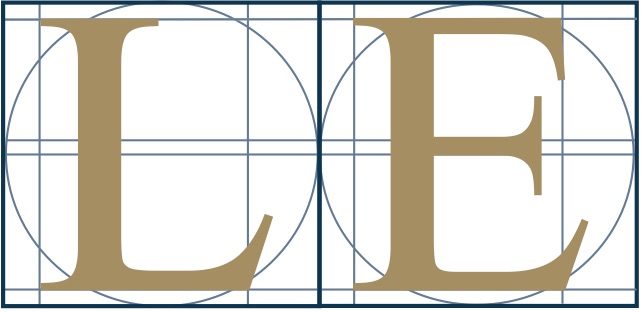A spinning laser sends millions of laser pulses out and monitors the reflections. Each time a laser pulse strikes an object the time it takes for the light pulse to be reflected is calculated providing a distance to the object. The intensity of the reflection can provide information about the composition of the object once the distance and atmospheric conditions are factored into the intensity.
The result of all these points is referred to as a “Point Cloud” since it is a 3-D surface made up of typically a few hundred million points per setup. Some locations that are large or that have complicated geometry can require multiple setups. These setups are registered to each other and to a coordinate grid. This provides both relative and absolute position and scale.
LiDAR has some other advantages, there are forms of it that analyze multiple reflections of each pulse and some that use multiple wavelengths. Using various wavelengths or analyzing the phase shifts of a pulse provides a lot of information. These techniques work well when estimating ground level through heavy foliage, or finding the biomass of that foliage, it also works well when dealing with water, glass and other reflective surfaces.
A lot of information can be extracted from LiDAR data that is simply not possible from traditional techniques. Powerful software can detect objects in an image and identify them. For example, perhaps a boiler room is scanned, each I-Beam, pipe and bracket can be identified and labeled with metadata. This metadata could include the specific type of object, what it is made of, where to order more, etc.
Linking this 3-D data to a database with order information and pricing provide another level of power to your business. This information could be used not only by engineers, architects, contractors, site foremen and superintendents to build a site. It could also be used by management, accountants, estimators and owners to make sound business decisions.
The bottom line is not all LiDAR are created equal, you need to find the right tool for your job and that data can be powerful it is fully utilized. Livingston Engineering believes in taking a holistic approach to engineering, surveying and business. We provide our clients with the resources to do it well.
